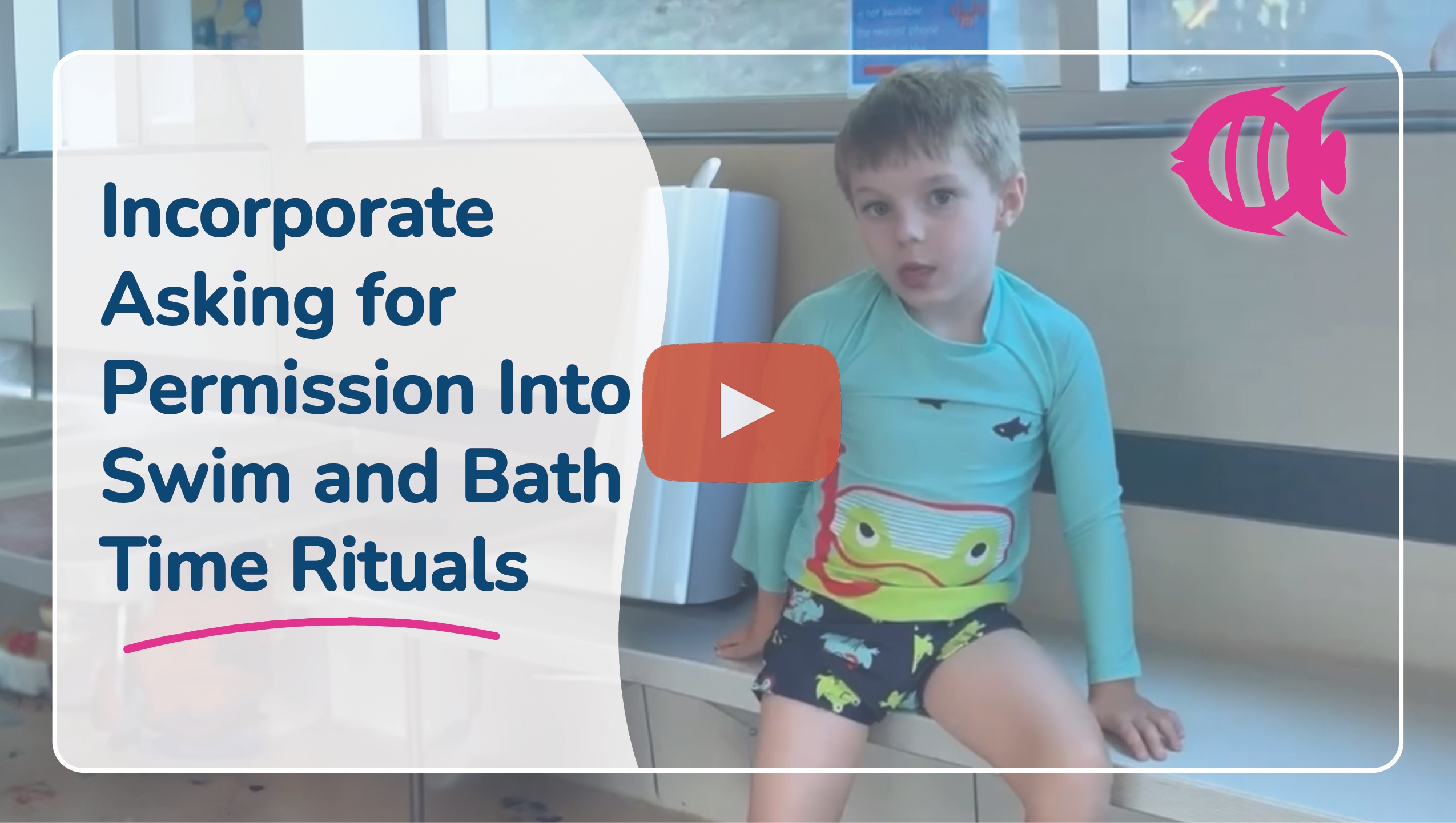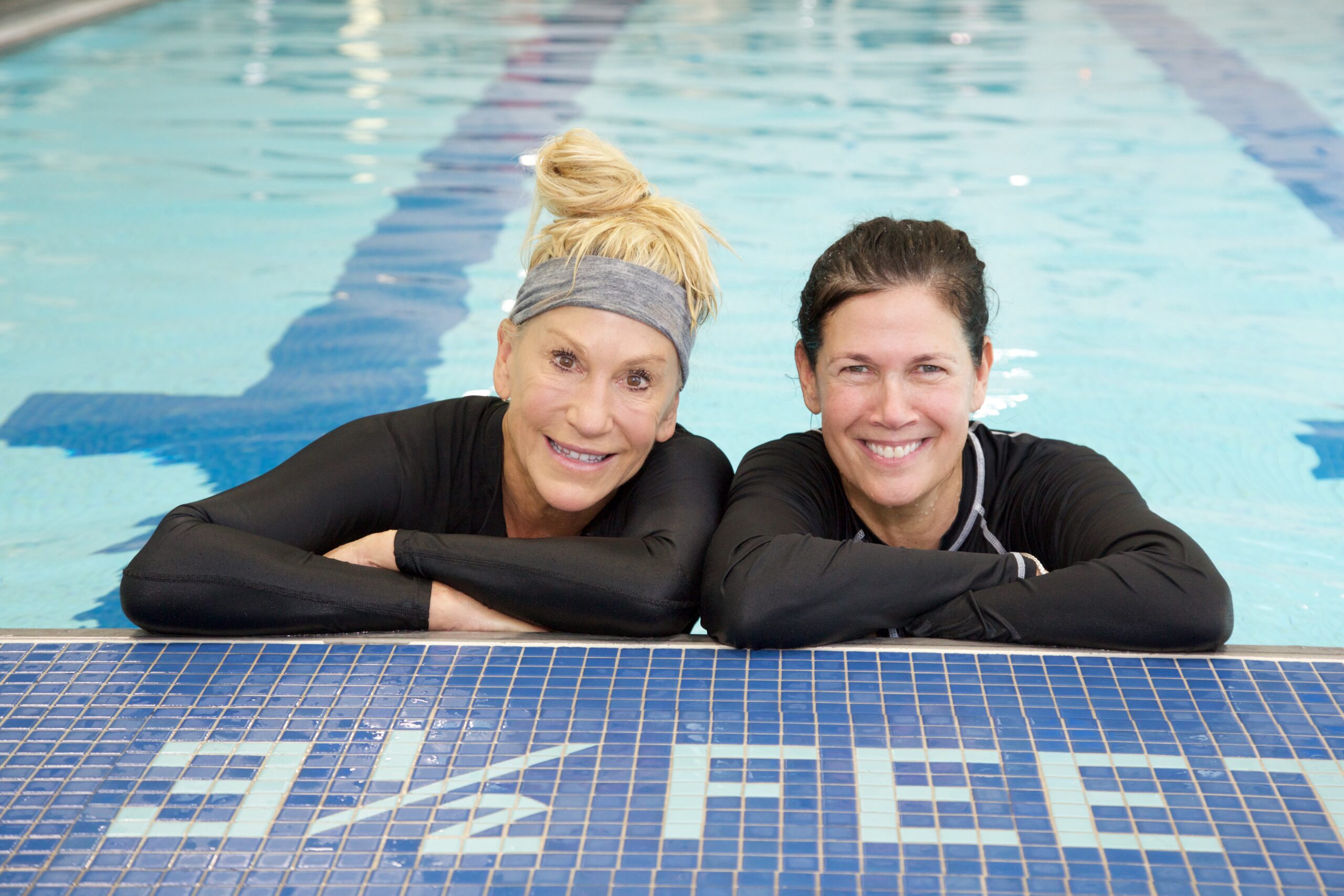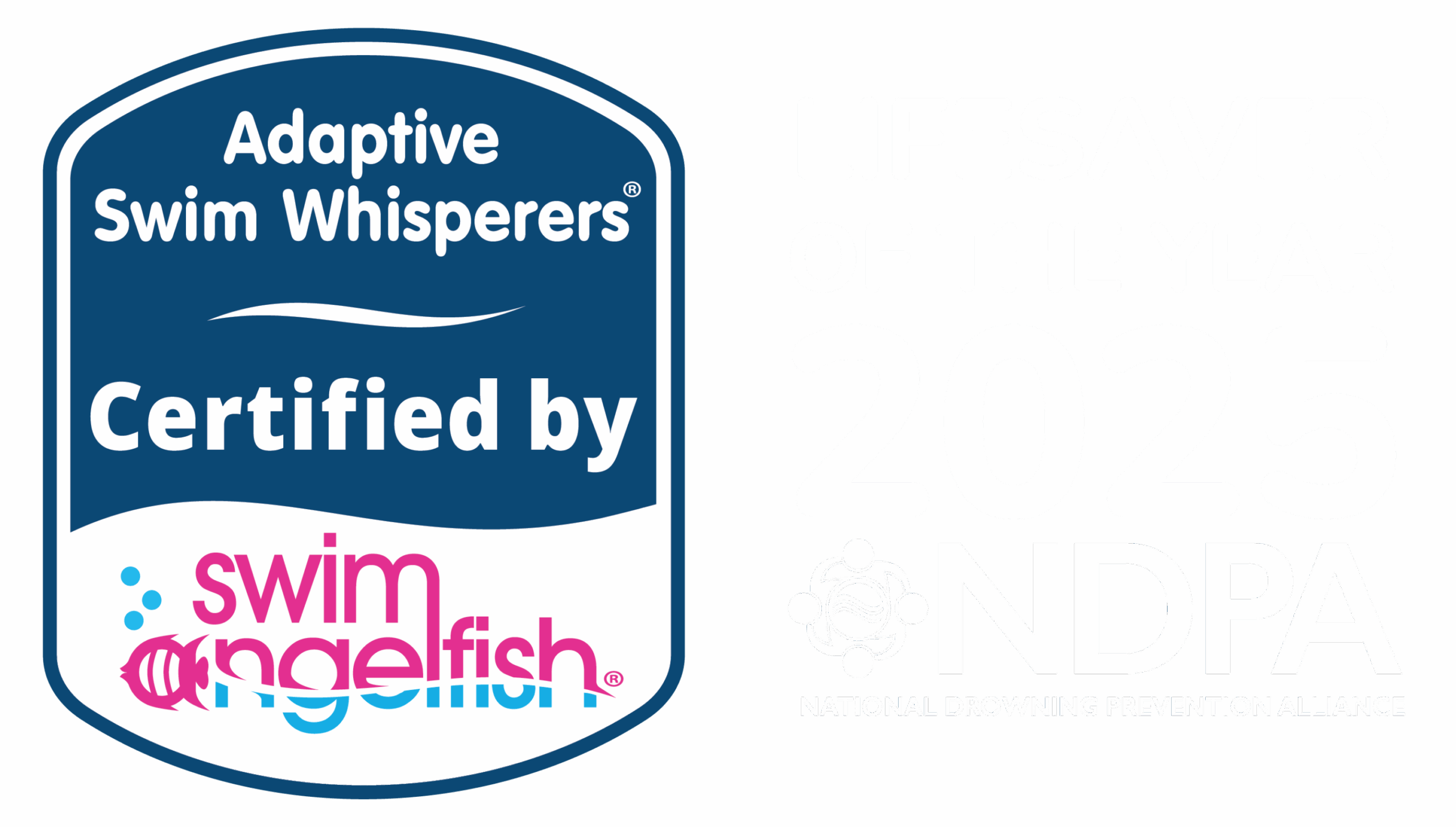Swim Instructors’ Ultimate Guide to Success
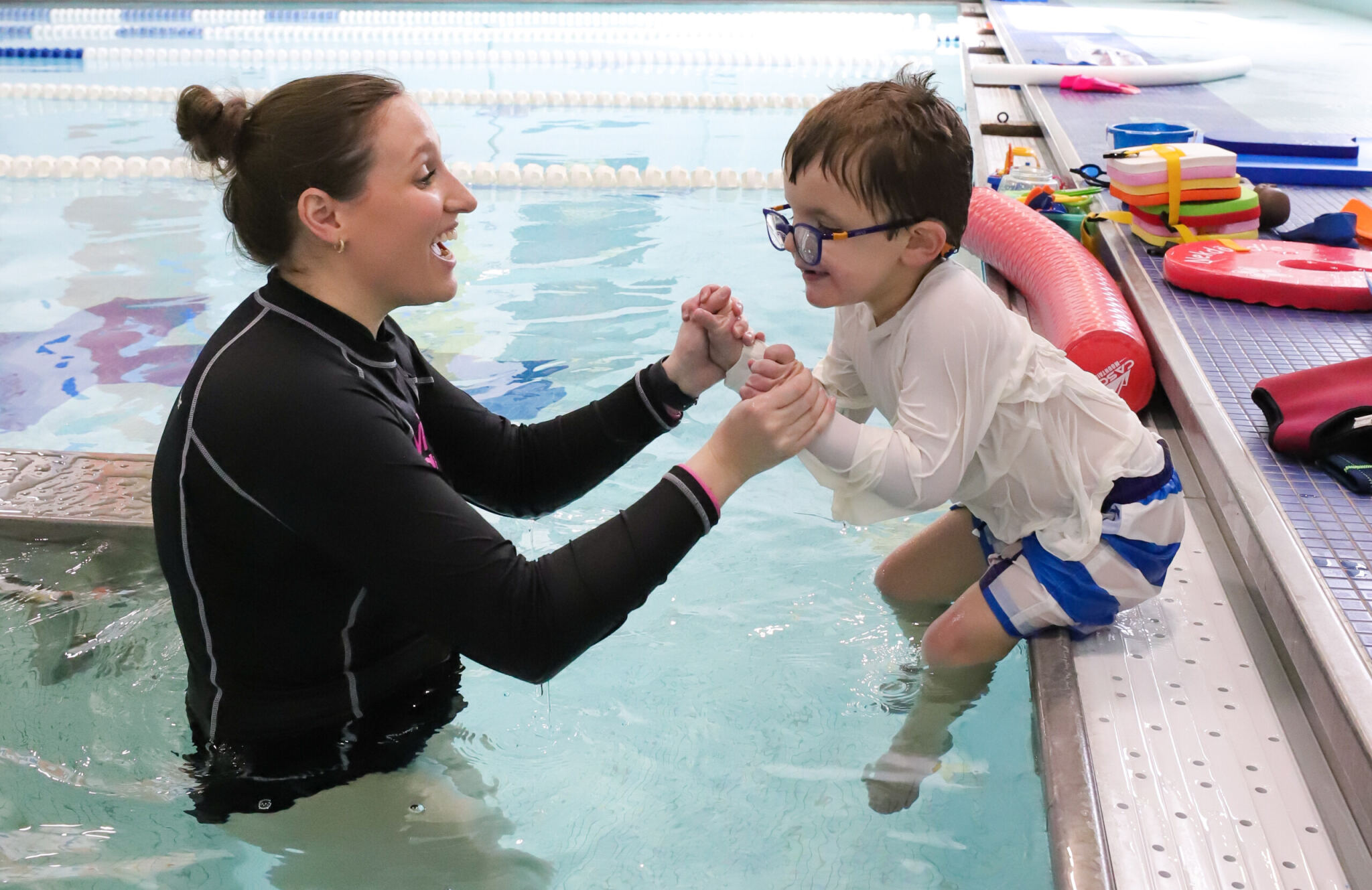
Decision-making is the cornerstone of effective swim instruction. From creating lesson plans based on your swim goals to making split-second adjustments in the pool, every choice you make impacts your swimmer’s progress.
When you think about how you make decisions, sometimes you have a lot of time to go over the pros and cons – especially if this is a decision with a deadline in the future. But how do you handle in-the-moment decisions when you have less time to consider options and assess potential outcomes? Quick, effective decision-making is an important skill for all swim instructors, especially those working with swimmers with special needs.
We share some of the Swim Whisperers® tips covering how to make better decisions as a swim teacher, the impact your decisions can have on swim lesson success and how to respond to swim lesson challenges using an effective decision-making process.
Identifying the Area of Focus: Decision-Making
Decision making is the process of choosing between different options or courses of action. It involves weighing the pros and cons of each choice and selecting the one that best aligns with your swimmers’ needs at that moment in order to achieve your goal.
Skillful decision making incorporates choosing the most effective teaching method for each student, determining the optimal progression of skills, deciding when to introduce new challenges, and adapting to unexpected situations or behaviors in the pool.
Every interaction with a swimmer requires a series of decisions, big and small, that ultimately shape their learning experience. This is critical when adapting your approach for teaching swimmers with various diagnoses such as Autism, ADHD, Down Syndrome, Cerebral Palsy and other neurodivergent challenges.
Did you know? Decisions regarding how you can better prepare yourself to work with these individuals are equally as important.
Impact of Decisions on Swim Lesson Success
Every choice made by an instructor can significantly influence a student’s learning experience and overall progress.
From selecting appropriate strategies to overcome the roadblocks being encountered, to which pieces of equipment to use, to adapting lesson plans on the fly, decisions must be made with careful consideration of the student’s unique needs and challenges.
Effective decision-making is crucial for building trust, managing sensory needs, and creating a safe and supportive learning environment. Ultimately, the ability to make informed choices can mean the difference between frustration and success for both the student and the instructor.
Decisions have a big impact on the outcome of a lesson and can determine your ongoing plan as you continue to build a relationship with your swimmer to help them reach their goals.
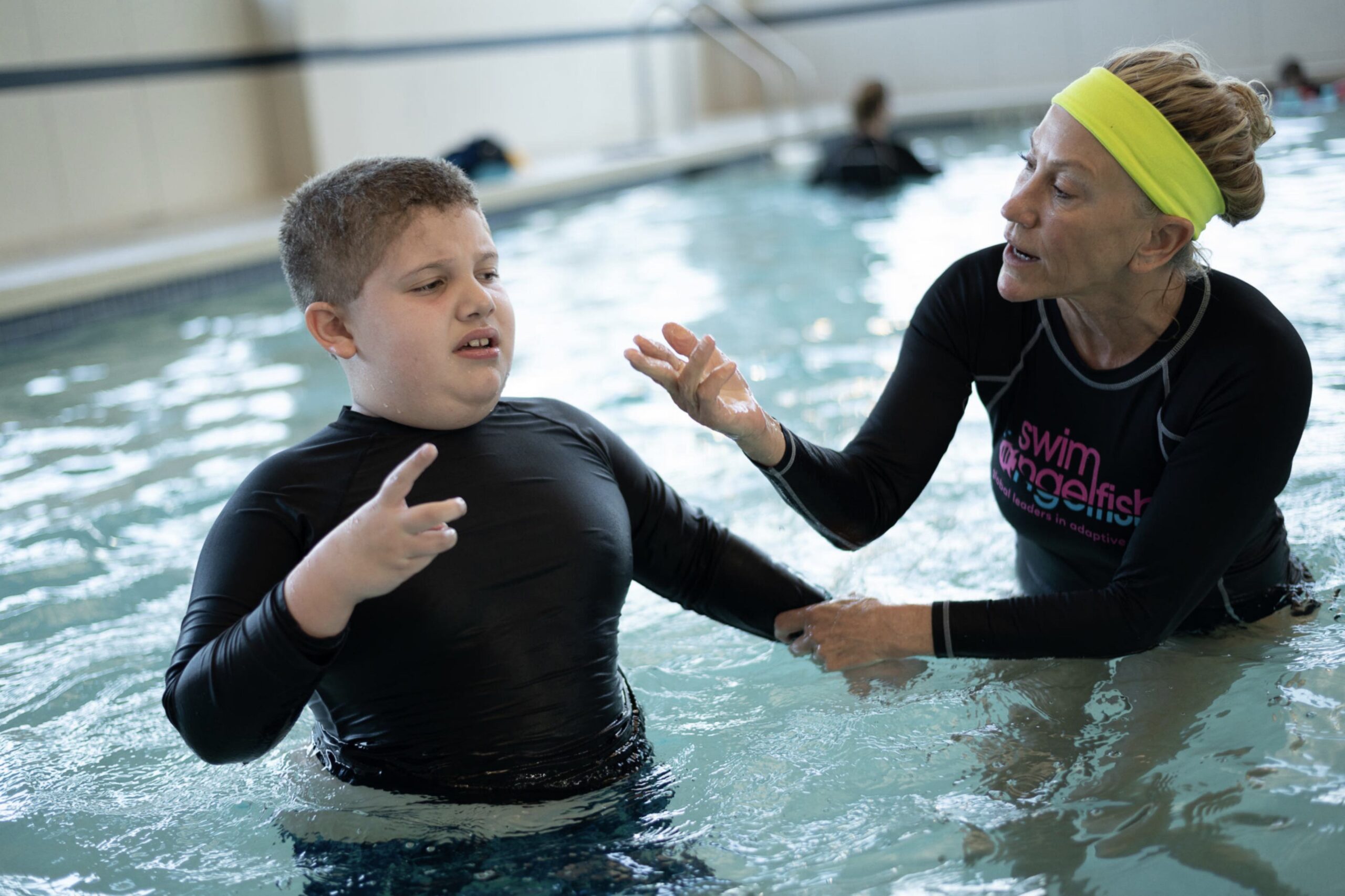
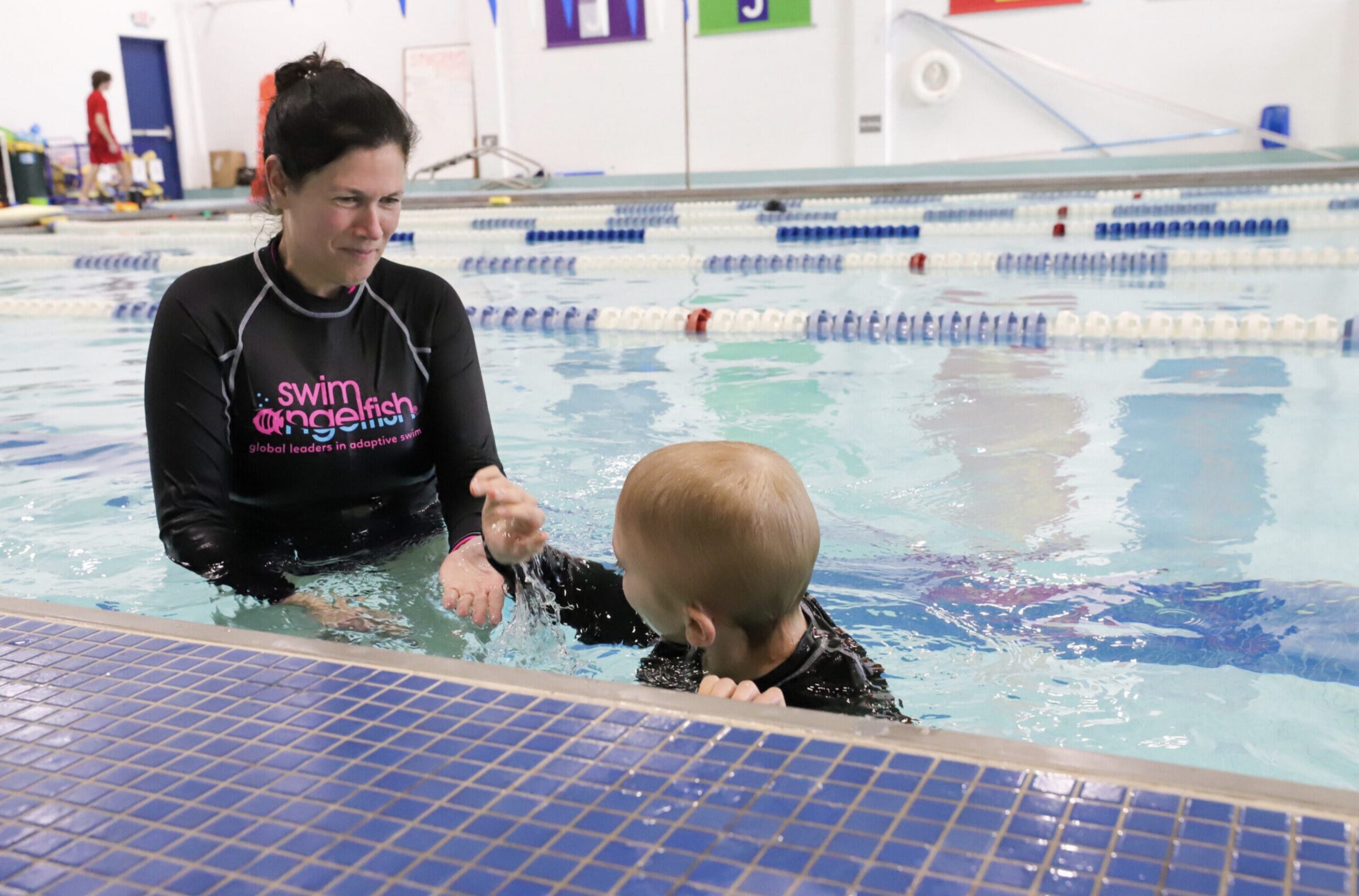
How to Respond to Swim Lesson Challenges
Every swim lesson presents unique challenges.
Imagine a situation where you had decided to reward one of your swimmers with an additional 15 minutes of unstructured swim time at the end of their lesson. Knowing how much they enjoy the water, the idea for this additional time was that it could help them to exit the pool more promptly as you will have satisfied their need for more swimming time. Now imagine that this swimmer is larger than you and exhibits some behavioral challenges and is refusing to get out of the pool at the end of the extra time. Add to this the fact that your next client is now waiting for their lesson and that can’t begin until your previous swimmer has exited the pool safely. What to do?
Maybe a better decision going forward is that you let them know when the end of the lesson is approaching, give them one last choice of an activity, then they get right out of the pool with their parent and are escorted to the locker room so they don’t have a huge meltdown that the parent cannot control.
Allowing some free swim time at the end of the lesson by 15 minutes might have seemed like a solution, but if it results in a chaotic exit due to time constraints, it could be counterproductive.
The impact of our decisions is critical and while there is no formula for a decision that will work all the time, the key to success is having the tools you need to assess the situation, identify an obstacle based on the swimmer’s response, and implement a strategy that will help you achieve what you are working on .
Understanding why something is happening and what the underlying cause might be can help you be proactive in the decisions you make. Sometimes you can’t anticipate the proactive outcome and the decision doesn’t work out. Thats’s ok. The goal would be to make another decision using the feedback you received from your prior decision and outcome. Don’t give up!
Here’s what you can do:
The Swim Whisperers® training equips you with the tools you need to be successful to overcome obstacles, achieve desired outcomes and operate in a more automatic way by making good critical choices.
Effective Decision-Making Process
The Swim Whisperers® method offers a structured approach to decision-making in the dynamic world of swim instruction.
This four-phase decision-making process involves assessing the situation, identifying specific challenges or opportunities, applying relevant knowledge and skills, and adapting your approach as needed. By following these steps, you can enhance your ability to make informed decisions that positively impact your students’ progress.
How to Make a Decision:
Making decisions affects every aspect of a swim lesson. From the safe entry routine to exiting the pool and everything in between. Watch how our swim instructor uses this decision-making guide effectively with our swimmer Mikey, who has an ASD diagnosis.
The key to decision-making is being flexible enough in the moment to change, modify and redirect for a positive outcome.
By carefully assessing the situation, identifying potential obstacles, and implementing a flexible strategy you can navigate challenges and achieve positive outcomes for your students. Remember, there’s no one-size-fits-all approach, but with the right tools and mindset, you can make informed decisions that benefit everyone involved.

